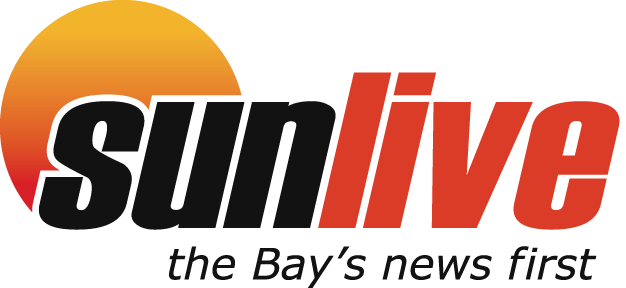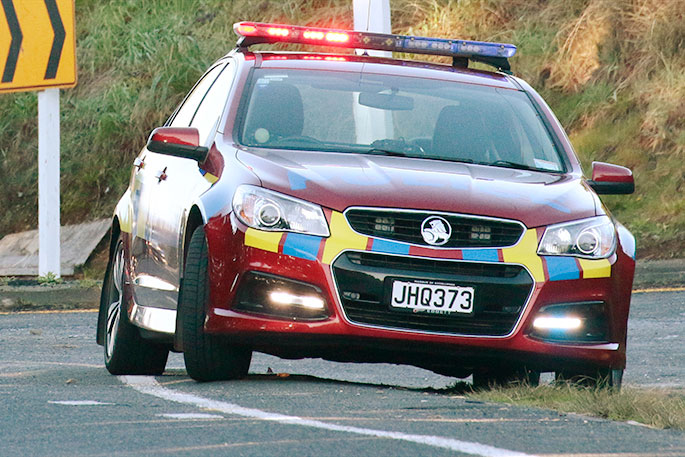111 calls made from all mobile phones in New Zealand will soon have their locations verified, enabling a faster response in an emergency.
Broadcasting, Communications and Digital Media Minister Kris Faafoi says enhancements to the Emergency Caller Location Information service will improve this potentially life-saving technology.
'Emergency services have told us that the location service is already making a huge difference. Being able to quickly verify callers' locations means emergency services can be dispatched more quickly and reach those who need help sooner – which can make a huge difference to the outcome of an emergency situation.”
The Emergency Caller Location Information (ECLI) service was introduced to New Zealand in May 2017, offering high-precision location information for smartphones running Google's Android system – approximately 70 per cent of the New Zealand market – and lower-precision location information for most other mobile devices.
The high-precision location solution was extended to mobile phones running Apple's iOS operating system in April 2018.
'We will be extending the ECLI service to all other mobile phone calls to 111, and increasing the number of calls supported by high-precision location,” says Kris.
'This includes calls made from basic non-internet-capable phones and by international visitors using their phone roaming on a New Zealand network.
'These changes are rolling out now, and will be completed in mid-2020 – by then we will see location to within 50 metres for 95 per cent of all 111 calls from smartphones.
"Lower-precision location is also being enhanced and will be available for the remaining five per cent of smart phones and other mobile phones, in most cases between 50 metres and 2000 metres.”
In its first year, ECLI was used to help verify locations of nearly 400,000 emergency calls. When these enhancements are complete, that number is expected to jump to 780,000.
The ECLI service is overseen by the Ministry for Business, Innovation and Employment, and run in partnership with emergency services (New Zealand Police, Fire and Emergency New Zealand, St John and Wellington Free Ambulance), Datacom, Comtech Telecommunications Corp, and mobile network operators (2degrees, Spark and Vodafone).
For more information visit www.mbie.govt.nz/ecli.
111 Facts and Figures
• Approximately 6000 calls to 111 every day
• 2.1 million calls a year
In 2017 there were:
- 90,000 calls to Fire and Emergency
- 461,000 calls to Ambulance
- 856,000 calls to Police
• 111 can be called from any connected phone in New Zealand.
• 70 per cent of 111 calls come from mobile phones.
• When a person dials 111 their call is answered by the Spark Emergency Service Operator in either Wellington or Christchurch and then transferred to the required emergency service.
• Fire, Ambulance and Police operate communication centres in Auckland, Wellington and Christchurch.
• The 111 service started as a trial in Masterton and Carterton in September 1958 and was progressively rolled out across the country, with full installation completed by 1988.



0 comments
Leave a Comment
You must be logged in to make a comment.